Welcome to Daily Banking Digest, your premier source for the latest news and insights on April 21, 2024, focusing on banking, the economy, and finance. Our platform offers a comprehensive overview of the day’s most critical financial stories, market trends, and economic developments. Whether you’re a professional in the financial sector, an investor monitoring market movement, or someone interested in staying informed about the economic landscape, Daily Banking Digest provides reliable, up-to-date information.
Join our Telegram Channel for Daily PDF in your Inbox – Click Here
Table of Contents
Health Insurance Now Accessible to All Ages: IRDAI Lifts Age Restrictions
The Insurance Regulatory and Development Authority of India (IRDAI) has removed the age cap on purchasing health insurance policies, effective April 1, 2024. This move aims to create a more inclusive healthcare ecosystem and encourage insurers to diversify their product offerings. Insurers are now required to offer tailored policies for specific demographics and cannot refuse coverage based on severe medical conditions. Additionally, the waiting period for pre-existing conditions has been reduced to 36 months, and insurers are prohibited from offering indemnity-based policies.

Key Points:
Age Cap Removal: – IRDAI has removed the age cap on purchasing health insurance policies, effective April 1, 2024. – Individuals of all ages are now eligible to purchase new health insurance policies.
Tailored Policies for Specific Demographics: – Insurers are required to offer health insurance products tailored to specific age groups, including senior citizens, students, children, and maternity.
No Refusal for Severe Medical Conditions: – Insurers cannot refuse to issue policies to individuals with severe medical conditions, such as cancer, heart or renal failure, and AIDS.
Reduced Waiting Period for Pre-Existing Conditions: – The waiting period for pre-existing conditions has been reduced from 48 months to 36 months. – All pre-existing conditions must be covered after 36 months, regardless of initial disclosure.
Prohibition of Indemnity-Based Policies: – Insurers are prohibited from offering indemnity-based health policies that compensate for hospital expenses. – Only benefit-based policies, offering fixed costs upon the occurrence of a covered disease, are permitted.
HDFC Bank’s Q4 Profit Surges 37% Driven by Stable Margins and Credila Stake Sale Gains
HDFC Bank reported a 37.1% increase in net profit for Q4 FY24, driven by gains from the merger with HDFC and stake sale in HDFC Credila Financial. However, operating expenses rose 33.5%, impacting the bottom line. The bank’s asset quality improved, with gross NPA ratio declining to 1.24%.
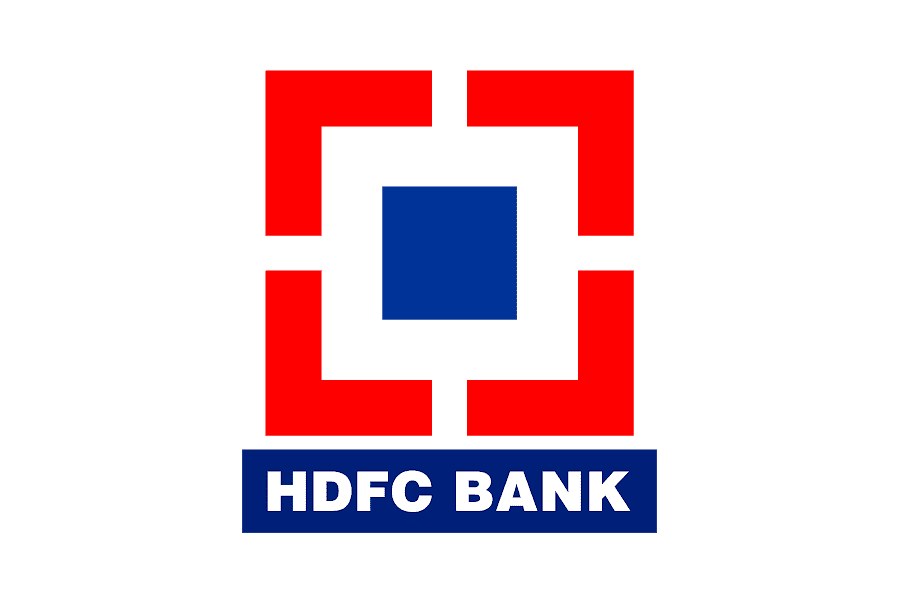
Key Points
Net Profit – Net profit increased by 37.1% to ₹16,512 crore in Q4 FY24.
Net Revenue – Net revenue grew by 47.3% to ₹47,240 crore, including gains from stake sale and treasury operations.
Cost-to-Income Ratio – Cost-to-income ratio was at 38%, excluding transaction gains and ex-gratia provision.
Provisions – The bank made additional provisions of ₹10,900 crore to enhance floating provisions.
Loan and Deposit Growth – Gross advances rose by 55.4% to ₹25.1-lakh crore. – Deposits grew by 26.4% to ₹23.8-lakh crore.
Net Interest Income – Net interest income increased by 24.5% to ₹29,080 crore.
Asset Quality – Gross NPA ratio improved to 1.24%. – Net NPA ratio stood at 0.33%.
Capital Adequacy – Basel-III compliant capital adequacy ratio was at 18.8%.
IT Services Giants Experience First Headcount Decline in a Decade
Indian IT services firms have experienced a decline in their workforce for the first time in over a decade due to a global slowdown in tech spending. Large companies like TCS, Infosys, and Wipro have reduced hiring and reported declining headcounts. This trend is expected to continue in the near term as discretionary tech spending remains uncertain.
Key Points
Workforce Reduction: – Indian IT firms have reduced their workforce due to a decline in business. – TCS reported a decline of 13,249 employees in FY24, its first decline in 19 years. – Infosys and Wipro have also reported declining headcounts.
Hiring Freeze: – IT firms have reduced hiring to levels below the number of employees leaving the companies. – This has resulted in net negative employee addition for several consecutive quarters.
Factors Contributing to Decline: – Suspension of tech projects due to dwindling discretionary tech spend. – Associates sitting on the bench, leading to cost-cutting measures.
Hiring Outlook: – Hiring is expected to remain muted in the near term. – TCS has indicated that hiring will follow previous patterns, with no further commitments. – Infosys plans to adopt an agile model of campus hiring but has not yet decided on numbers.
Job Prospects: – The dearth of jobs in the IT sector for engineers is expected to continue in FY25. – Companies are cautiously approaching hiring due to headcount declines and lower revenue guidance. – Focus on GenAI and data analytics may create some hiring opportunities.
Tata Group Requests RBI Exemption for NBFC Listing Requirement
Tata Group has requested a waiver from the central bank to exempt its holding company, Tata Sons, from listing on stock exchanges. The group claims to have used proceeds from a recent share sale to reduce its debt, potentially allowing it to avoid the listing requirement for upper-layer NBFCs.

Key Points:
Waiver Request: – Tata Group has sought a waiver from the central bank to avoid listing Tata Sons on stock exchanges.
Debt Reduction: – Tata Group claims to have used proceeds from selling Tata Consultancy Services shares to pay off loans, reducing Tata Sons’ debt.
NBFC Classification: – If Tata Sons’ debt falls below 1 billion rupees, it may cease to be classified as an upper-layer NBFC, exempting it from the listing requirement.
Listing Deadline: – Tata Sons must list on or before September 2025 to comply with RBI regulations for large NBFCs.
RBI Response: – Tata Group and the RBI have not yet commented on the waiver request.
Wipro’s Q4 Profit Dips 8% to Rs 2,835 Crore, Narrowly Missing Analyst Expectations
Wipro reported an 8% decline in net profit and a 4% decrease in revenue for the quarter ended March 2024. Despite the decline, the company’s IT services segment revenue remained flat QoQ and booked deals worth $3.6 billion. Wipro expects a sequential revenue decline of -1.5% to -0.5% in constant currency terms for the June quarter.

Key Points:
Revenue: – Revenue from operations declined 4% YoY to Rs 22,208 crore. – IT services segment revenue remained flat QoQ at $2,657.4 million. – Constant currency IT services revenue fell 0.3% QoQ and 6.6% YoY.
Profit: – Consolidated net profit fell 8% YoY to Rs 2,835 crore. – Operating margins expanded 40 bps QoQ to 16.4%.
Deals: – Wipro booked deals worth $3.6 billion, with large deals increasing 31% QoQ and 9.5% YoY.
Segment Performance: – BFSI, manufacturing, and communications saw the steepest revenue declines. – Healthcare was the only vertical with decent revenue growth.
Attrition: – Voluntary attrition increased to 14.2% on a trailing 12-month basis.
Outlook: – Wipro expects June quarter IT services revenue to be in the range of $2,617 million to $2,670 million, translating to a sequential guidance of -1.5% to -0.5% in constant currency terms.
Jio Financial Reports 6% Quarterly Growth in Net Profit, Reaching Rs 311 Crore
Jio Financial Services reported a 6% sequential growth in consolidated net profit to Rs 311 crore for the quarter ended March 2024. The company’s full-year net profit grew multi-fold to Rs 1,604 crore, while revenues jumped to Rs 1,854 crore. The growth was driven by increased interest and fee income, as well as the signing of an agreement with BlackRock for a wealth management and broking business.
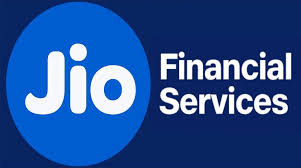
Key Points:
Consolidated Net Profit: – Grew 6% sequentially to Rs 311 crore for Q4 FY24. – Multi-fold increase to Rs 1,604 crore for FY24.
Consolidated Revenue: – Flat at Rs 418 crore for Q4 FY24. – Jumped to Rs 1,854 crore for FY24.
Total Expenses: – Rs 103 crore for Q4 FY24. – Rs 98 crore for Q3 FY24.
Interest Income: – Rose to Rs 281 crore for Q4 FY24.
Fee and Commission Income: – Increased to Rs 41 crore for Q4 FY24.
BlackRock Agreement: – Signed an agreement with BlackRock for a wealth management and broking business. – Potential to strengthen relationship and compete with bank-led wealth management firms.
Harvard Case Study Highlights India’s Economic Recovery Post-2014
Finance Minister Nirmala Sitharaman has praised the remarkable revival of the Indian economy, particularly the banking sector, since 2014. She believes that the transformation is a lesson worthy of study by the Harvard Business School. Sitharaman highlighted the challenges faced by banks in the past, including the twin balance sheet problem, and lauded their resilience during the pandemic. She expressed confidence in India’s future and emphasized the need for collective efforts to achieve a prosperous “Vikshit Bharat” by 2047.
Key Points:
1. Revival of Indian Economy: – The Indian economy has witnessed a remarkable revival since 2014.
2. Transformation of Banking Sector: – The banking sector has undergone significant transformation, overcoming challenges such as the twin balance sheet problem. – Indian banks have demonstrated resilience during the pandemic, managing mergers and ensuring stability.
3. Challenges Faced: – The economy faced hurdles such as merger-related issues, liquidity challenges, and the impact of COVID-19.
4. Vision for Vikshit Bharat: – Sitharaman envisions a prosperous “Vikshit Bharat” by 2047 through sustained collective efforts.
5. Role of Stakeholders: – All stakeholders play a crucial role in achieving the vision of a developed India.
6. Resilience of Indian Banks: – Indian banks have shown resilience amidst the pandemic, contrasting with the challenges faced by banks in the West.
7. Government’s Commitment: – The government is committed to driving growth and development, emphasizing the health and stability of banks.
Gems and Jewelry Exports Decline by 12.17% to Rs 2.65 Trillion in FY24
Gems and jewellery exports from India declined by 12.17% in 2023-24 due to high interest rates in the US and slow recovery in China. Cut and polished diamond exports saw a significant drop of 25.23%, while polished lab-grown diamond exports decreased by 13.79%. However, gold jewellery exports grew by 20.57%, while silver jewellery exports fell by 43%.
Key Points:
- Overall Export Decline: Gems and jewellery exports declined by 12.17% to Rs 2,65,187.95 crore in 2023-24.
- US Market Slowdown: High interest rates in the US, India’s largest export market, contributed to the decline.
- China’s Slow Recovery: Slow recovery in China post-COVID-19 also impacted exports.
- Cut and Polished Diamond Exports: Exports declined by 25.23% to Rs 1,32,128.29 crores.
- Polished Lab-Grown Diamond Exports: Exports dipped by 13.79% to Rs 11,611.25 crores.
- Gold Jewellery Exports: Exports grew by 20.57% to Rs 92,346.19 crore.
- Silver Jewellery Exports: Exports fell by 43% to Rs 13,406.1 crores.
Elon Musk’s India Visit Postponed, Rescheduled for Later This Year
Elon Musk’s planned visit to India has been postponed due to scheduling conflicts with Tesla’s earnings call. The new dates for his visit have not yet been announced. During his intended trip, Musk was expected to announce a significant investment in India for a new factory and meet with Indian startups and space companies.
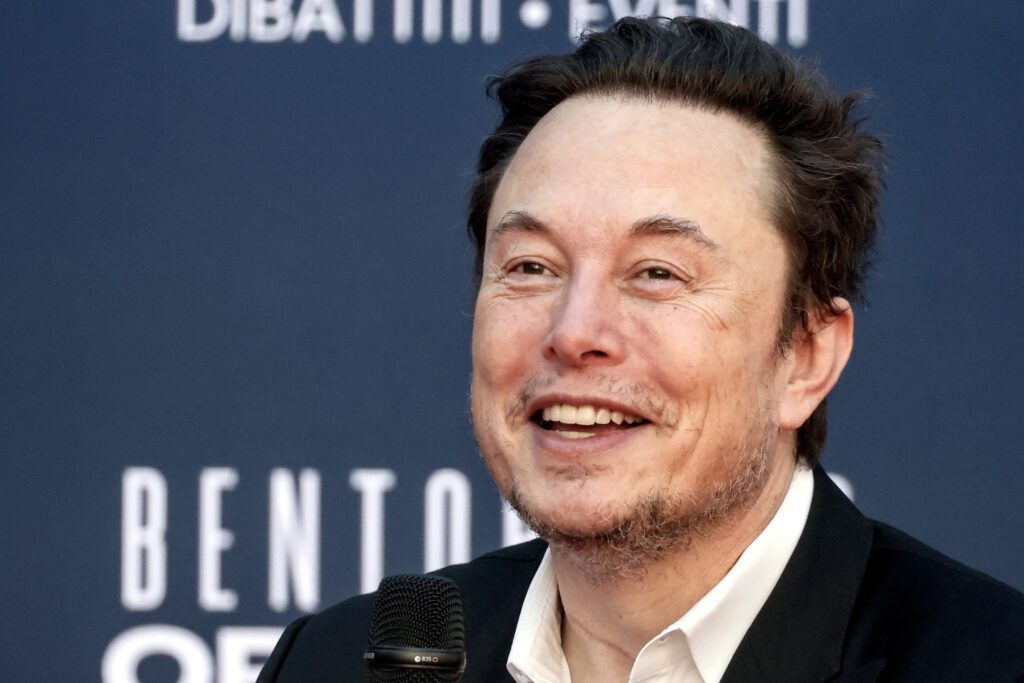
Key Points:
- Postponement of Visit: Musk’s visit to India, scheduled for April 21-22, has been postponed due to Tesla’s obligations.
- Reason for Postponement: Musk’s scheduled call with investors and analysts regarding Tesla’s earnings on April 23 may have clashed with his planned visit to India.
- Planned Investment: Musk was reportedly set to announce an investment of $2-$3 billion in India, primarily for building a new factory.
- Meetings with Indian Entities: During his visit, Musk was scheduled to meet Indian startups and space companies.
- Government Notification: Following Musk’s announcement to visit India, the Indian government released a notification outlining a new electric vehicle manufacturing policy.
- Land Offers: The state governments of Maharashtra and Gujarat have extended land offers to Tesla for setting up the plant.
- Estimated Investment: Tesla’s proposed manufacturing plant is estimated to require investments ranging from $2 billion to $3 billion.
- Target Market: The plant aims to cater to both domestic and international demand for Tesla’s electric vehicles.
Formal Job Growth in India Declines to Three-Month Low in February
The latest EPFO payroll data indicates a slowdown in formal job creation in February, with a decline in new EPF subscribers and net payroll additions. However, the data suggests some resilience, with a significant proportion of new subscribers belonging to the younger age group and an increase in female participation.
Key Points:
New EPF Subscribers:
- Declined by 3.7% to 777,717 in February.
- 67% of new subscribers belong to the 18-28 age group.
- Share of women in new subscribers increased slightly to 26.4%.
Net Payroll Additions:
- Decreased by 3.4% to 1.54 million in February.
- Provisional and subject to revisions.
Job Switching and Rejoining:
- 1.8 million members exited and rejoined EPFO, indicating job switching and safeguarding of social security benefits.
Unemployment Rate (CMIE):
- Increased to 8% in February from 6.8% in January.
- Rural unemployment rate rose sharply to 7.8%.
- Urban unemployment rate declined slightly to 8.5%.
Labour Force Participation Rate (CMIE):
- Climbed to 41.4% in February from 40.6% in January.
India Aspires to Enhance Global Competitiveness in Manufacturing and Services: Sitharaman
Finance Minister Nirmala Sitharaman emphasized India’s efforts to attract manufacturing and service investments through tailored policies, aiming to boost exports and make the country an attractive destination. She highlighted the government’s focus on inflation control, economic growth, and job creation, while addressing concerns about the delayed visit of Elon Musk and the weakening Indian rupee.
Key Points:
Attracting Investments: – Policies designed to make India an attractive destination for manufacturing and services. – Aim to produce not only for domestic market but also for exports.
Inflation Control: – Inflation has remained within the tolerance band under the Modi government, except for one month. – Pre-2014, inflation was in double digits and the economy was in poor shape.
Economic Growth: – India has emerged as the world’s fifth largest economy. – Confident of becoming the third largest economy in the next two to two-and-a-half years.
Employment: – Lack of complete data on employment from both formal and informal sectors. – Government initiatives have ensured jobs for lakhs of people. – 10 lakh government jobs given through Rozgar Mela.
MSMEs Payment: – Law requiring larger companies to pay MSMEs within 45 days has been in existence since 2007-08. – MSMEs requested extension of payment period beyond the financial year. – Finance Act passed in February 2023 maintains tax treatment and allows claims in the year of payment.
Indian Rupee Fluctuation: – Weakening of Indian rupee due to global uncertainty, wars, and crude oil supply issues.
Gujarat’s Economic Development: – 28% of capital under PLI scheme has come to Gujarat. – State has shown alertness in manufacturing and services. – Semiconductor manufacturing for India comes first in Gujarat. – IFSC at GIFT City is a gateway for services growth. – Gujarat is in third position in attracting FDI in manufacturing.
Small-Scale Mutual Fund Investments: A Step Towards Financial Inclusion
SEBI is considering reducing the minimum investment for Systematic Investment Plans (SIPs) to ₹250, aiming to promote financial inclusion and reduce reliance on foreign portfolio investments. This move is expected to expand the mutual fund market by making it accessible to a wider population.
Key Points:
Minimum Investment Reduction: – SEBI plans to lower the minimum SIP investment to ₹250.
Financial Inclusion: – This initiative aims to increase participation in mutual funds from the lower income segments.
Comparison with US: – Some US mutual funds allow investments as low as $5, but most require a minimum of $500-$5,000.
Resilience of Indian Market: – Retail investments through mutual funds have contributed to the resilience of the Indian market.
Reducing FPI Influence: – Lowering SIP minimums will further diminish reliance on foreign portfolio investments.
EPFO’s Role: – EPFO’s investments in domestic markets have reduced FPI influence.
Target Audience: – The scheme should focus on poor and daily wage earners.
Easy Entry and Exit: – The scheme should provide easy entry and exit options for investors.
Constant Income: – Dividend or partial withdrawal options after a fixed investment period can make the schemes attractive.
Financial Literacy: – Financial literacy is crucial for the success of the scheme.
Prevention of Mis-selling: – SEBI must ensure that no mis-selling occurs.
Coal PSUs’ Outstanding Dues from Power Sector Surge 42% Year-over-Year by End of FY24
The outstanding dues of power sector companies to Coal India and Singareni Collieries Company have increased significantly, driven by rising coal consumption and power demand. Despite a recent decline, the dues remain high, highlighting the financial challenges faced by the coal mining sector.
Key Points:
Outstanding Dues: – Cumulative outstanding dues to CIL and SCCL rose 42% to ₹24,392 crore in FY24. – CIL’s dues increased 13% to ₹15,715 crore, while SCCL’s dues more than doubled to ₹8,677 crore.
Rising Consumption: – India’s power demand has been growing at 7% per annum, leading to increased coal consumption. – Domestic coal consumption by TPPs rose 9% to 74 million tonnes in March 2024.
Production and Dispatch: – Coal production and dispatch also increased in line with rising consumption. – Coal production rose 7.4% to 262.11 mt in Q4 FY24, while dispatch grew 7% to 220.47 mt.
Power Demand: – Power demand is expected to continue growing at 6-7% per annum. – Peak power demand is projected to reach 260 GW this summer.
Coal Stockpiles: – As of April 19, domestic coal-based power plants had a stock of 46.55 mt, sufficient for around 17 days of consumption.
Cognizant Barred from Using Trademark Logo in India by Bombay High Court
The Bombay High Court has temporarily barred Cognizant Technology Solutions from using its new trademark logo in India due to its alleged similarity to the logo of Atyati Technologies Pvt Ltd. The court found a prima facie case in favor of Atyati Technologies and ruled that Cognizant must refrain from using the logo until further orders.
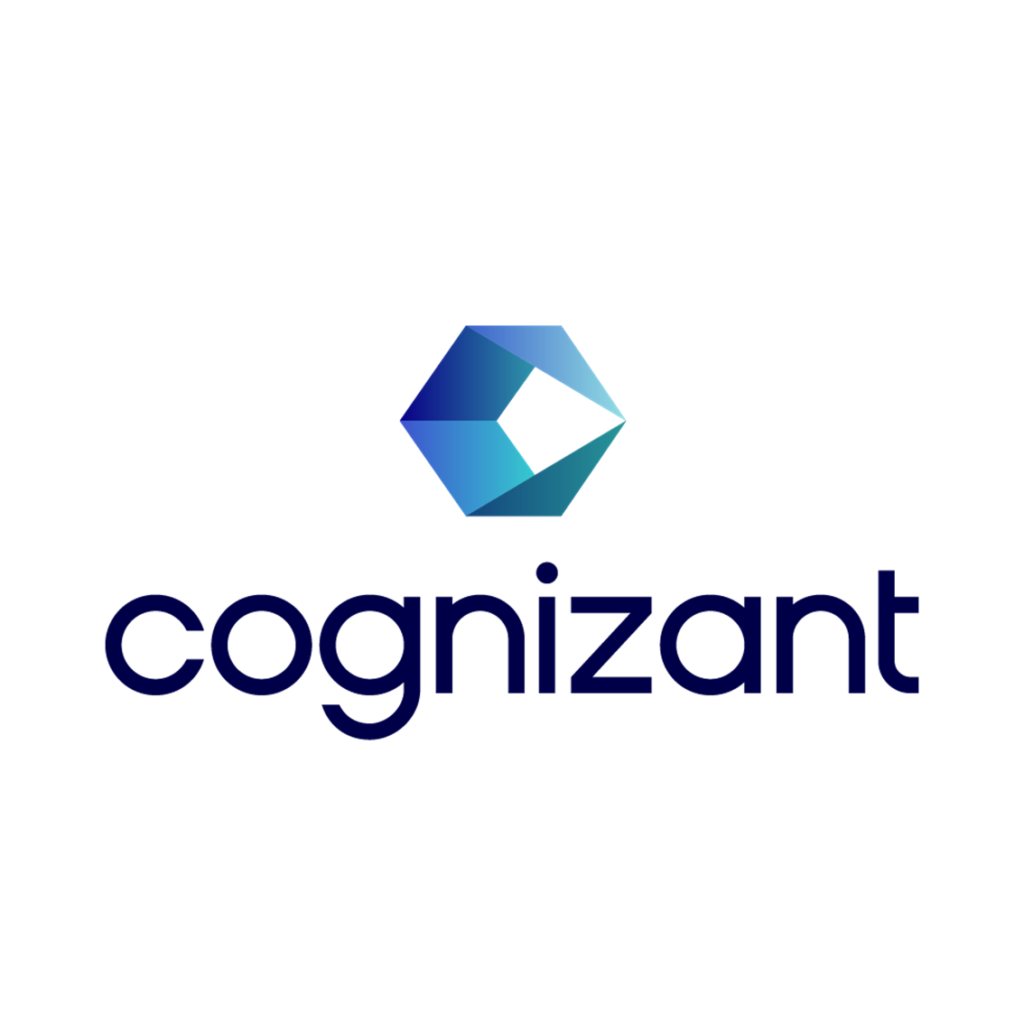
Key Points:
Cognizant’s Logo Ban: – The Bombay High Court has temporarily prohibited Cognizant from using its new trademark logo in India.
Alleged Similarity: – Atyati Technologies claims that Cognizant’s logo is nearly identical to its own, which features an orange-colored hexagonal honeycomb/hive device.
Atyati Technologies’ Argument: – Atyati Technologies has been using its logo since early 2019 and it symbolizes the company’s collaboration, compassion, and impact.
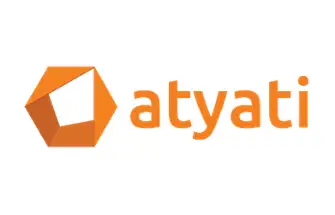
Absence of Justification: – The court noted that Cognizant has not provided any justification for adopting a logo that closely resembles Atyati Technologies’ logo.
Potential Confusion: – The court found that Cognizant’s use of the similar logo could lead to confusion among the public and within the trade community.
Cognizant’s Response: – Cognizant has stated that it will review the order and pursue legal remedies as needed.
HDFC Bank Board Authorizes Issuance of Bonds Worth ₹60,000 Crore for Fiscal Year 2025
HDFC Bank’s Board of Directors has approved the issuance of bonds up to ₹60,000 crore over the next year through private placement, an increase of ₹10,000 crore from last year’s limit. This decision comes amidst slower deposit and credit growth. The bank plans to raise funds through various bond instruments, including Long-Term Bonds, Perpetual Debt Instruments, and Tier II Capital Bonds.

Key Points:
- Bond Issuance: HDFC Bank to issue bonds up to ₹60,000 crore over the next twelve months.
- Increased Limit: The bond issuance limit has been increased by ₹10,000 crore compared to last year.
- Reason for Increase: Lagging deposit and credit growth.
- Deposit Growth: Total deposits grew 26.4% year-on-year to ₹23,79,800 crore as of March 2024.
- Credit Growth: Gross advances grew 55.4% year-on-year to ₹25,07,800 crore as of March 2024.
- Bond Types: The bank plans to raise funds through Long-Term Bonds, Perpetual Debt Instruments, and Tier II Capital Bonds.
- Approval Required: The bond issuance is subject to shareholder and regulatory approvals.
Hindustan Zinc Expands into Critical and Offshore Mineral Exploration with New Subsidiary
Hindustan Zinc, a subsidiary of Vedanta, plans to explore and develop mineral blocks, including critical, deep-seated, and offshore ones. The company has established a subsidiary, Hindmetal Exploration Services Pvt Ltd, to facilitate this exploration. Hindustan Zinc aims to participate in auctions for critical mineral blocks and contribute to India’s efforts in promoting mineral exploration and development.

Key Points
Exploration and Development – Hindustan Zinc plans to explore, discover, and develop mineral blocks, particularly critical, deep-seated, and offshore ones. – The company has established Hindmetal Exploration Services Pvt Ltd to conduct systematic exploration of mineral deposits. – Exploration activities will primarily focus on India, with specific areas to be identified in the coming months.
Critical Mineral Block Auctions – Hindustan Zinc will participate in auctions of critical mineral blocks in India. – The Mines Ministry is developing norms and procedures for offshore mineral block auctions. – Vedanta, the parent company, has already bid for critical mineral blocks in ongoing auctions.
Demand in India – Demand for zinc, lead, and silver is expected to remain strong in India. – Zinc demand will be driven by infrastructure development and steel requirements. – Lead demand will be supported by the growth of electric vehicles and other applications. – Hindustan Zinc aims to capture a significant share of India’s silver requirement, which is currently met through imports.
Price Outlook – Zinc prices are expected to rally due to supply issues and LME restrictions. – Prices are projected to reach $3,000 per tonne in August-September and $3,200 per tonne in December. – Silver prices are at an all-time high.
Tesla Lowers Prices on Three EV Models in the US Amidst Market Challenges
Tesla has reduced prices for three of its models in the United States, including the popular Model Y, in response to declining sales and increased competition. The move aims to attract more buyers and boost demand.

Key Points:
Price Cuts: – Model Y: Reduced by USD 2,000 to USD 42,990 – Model S: Reduced by USD 2,000 to USD 72,990 – Model X: Reduced by USD 2,000 to USD 77,990
Stock Performance: – Tesla’s stock price has dropped 40% this year due to falling sales and increased competition.
Model 2 Uncertainty: – Industry analysts are awaiting the introduction of a lower-priced Model 2, but recent reports suggest the project may be scrapped.
Staff Reductions: – Tesla recently announced a 10% global staff reduction, affecting approximately 14,000 employees.
Cybertruck Recall: – Tesla recalled nearly 4,000 Cybertrucks due to a potential accelerator pedal issue that could cause unintended acceleration.
India Visit Postponed: – Elon Musk postponed a planned trip to India to meet with Prime Minister Narendra Modi due to heavy Tesla obligations.
First-Quarter Earnings: – Tesla is scheduled to announce its first-quarter earnings on Tuesday, which are expected to reflect declining sales.
G7 Foreign Ministers Pledge Cooperation for a “Free and Open Indo-Pacific”
The G7 Foreign Ministers have reaffirmed their commitment to a free and open Indo-Pacific region, emphasizing the importance of China adhering to international rules. While recognizing China as a key partner in addressing global challenges, the G7 expressed concerns about its nonmarket practices and the need for a level playing field in trade. The ministers also reiterated their opposition to unilateral actions that could alter the status quo in the East and South China Seas.
Key Points:
Commitment to a Free and Open Indo-Pacific: – The G7 ministers reaffirmed their commitment to a free and open Indo-Pacific region based on the rule of law.
China’s Role: – China is recognized as a key interlocutor in addressing global challenges. – The G7 is willing to cooperate with China on areas of common interest. – However, concerns were raised about China’s nonmarket policies and practices.
Economic Concerns: – The G7 expressed concerns about China’s nonmarket policies leading to harmful overcapacity. – The ministers emphasized the need for a level playing field and fair business practices.
East and South China Seas: – The G7 reiterated its strong opposition to unilateral attempts to change the status quo in the East and South China Seas. – The ministers expressed concern about China’s militarization and coercive activities in the South China Sea.
Taiwan Strait: – The G7 called for a peaceful resolution of cross-Strait issues and emphasized the importance of peace and stability in the Taiwan Strait.
Indo-Pacific Region: – The Indo-Pacific region is recognized as a key engine for global growth. – The G7 ministers reiterated their commitment to a free and open Indo-Pacific based on international law and respect for sovereignty.











